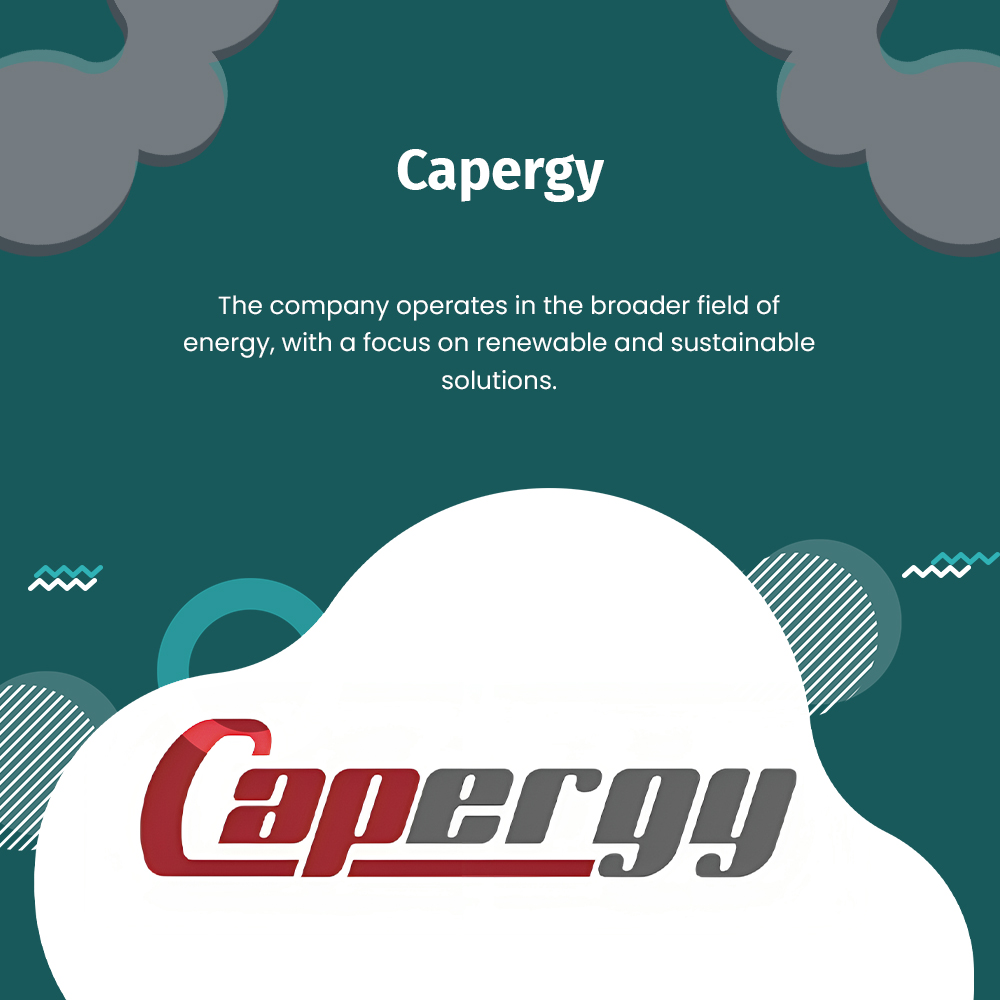
In the face of escalating climate change concerns and the urgent need for a sustainable future, the future of renewable energy is bright and stands out as a beacon of hope. Among the numerous green energy sources, solar and wind power are at the forefront, driving the world toward a cleaner, more sustainable energy paradigm. This article delves into the convergence of these two powerhouses, exploring how their integration is not just an innovation but a necessity for the future of energy.
The Power of Sun and Wind: A Primer
Solar energy, derived from the sun’s rays, offers an inexhaustible supply of power, capable of meeting global energy demands without the peril of pollution or depletion. On the other hand, wind energy harnesses the natural wind flows to generate electricity, presenting another formidable, endless energy source. Both solar and wind energies have unique advantages and challenges, yet their combined potential can lead to unparalleled energy solutions.
Synergy for Sustainability: Integrating Solar and Wind
Integrating solar and wind power technologies marks a significant leap toward achieving a fully renewable energy grid. This synergy capitalizes on the complementary nature of solar and wind energies—solar power being most productive during sunny days and wind energy thriving in varying conditions, including at night and during overcast weather. This complementary relationship ensures a more consistent and reliable energy supply, addressing one of the primary challenges renewable energy sources face: variability.
Technological Innovations
Advancements in technology play a pivotal role in the effective convergence of solar and wind energy. Innovations in energy storage, such as batteries and other energy storage systems, are critical for overcoming the intermittent nature of solar and wind power. These technologies store excess energy generated during peak production times for use during periods of low generation, ensuring a steady energy supply.
Moreover, developing innovative grid technologies facilitates the seamless integration of solar and wind energy into the existing infrastructure. Smart grids, equipped with sophisticated monitoring and management systems, can dynamically balance energy supply and demand, enhancing the efficiency and reliability of renewable energy sources.
Policy and Economic Drivers
Favorable policies and economic incentives also propel the transition towards a renewable energy future. Governments worldwide recognize the importance of solar and wind energy and enact policies to support their development. These include subsidies, tax incentives, and mandates for renewable energy usage, collectively making solar and wind power more financially viable and attractive to investors.
Economic factors also play a crucial role in adopting solar and wind energy. The cost of renewable energy technologies has been steadily decreasing, making them more competitive with traditional fossil fuels. This cost reduction, combined with the economic benefits of creating jobs in the renewable energy sector, contributes to the growth and viability of solar and wind power.
Environmental and Social Impacts
The environmental benefits of harnessing solar and wind energy are profound. By reducing reliance on fossil fuels, these renewable sources significantly lower greenhouse gas emissions, mitigating the impacts of climate change. Solar and wind energy projects also have a smaller environmental footprint than traditional energy sources, contributing to biodiversity conservation and ecosystem protection.
Socially, the shift towards solar and wind energy promises numerous benefits, including energy security, reduced energy costs, and the creation of green jobs. This transition supports sustainable development goals, promoting social equity and improving the quality of life for communities worldwide.
The Road Ahead: Challenges and Opportunities
Despite the promising outlook, the path to a renewable energy future is fraught with challenges. Technical hurdles, such as improving energy storage capacity and enhancing grid infrastructure, remain significant. Moreover, the variability of solar and wind energy necessitates the development of reliable forecasting models to ensure grid stability.
Policy and regulatory frameworks also need to evolve to support the integration of solar and wind energy. Streamlining permitting processes, ensuring fair access to the grid, and creating a supportive regulatory environment are crucial for accelerating the adoption of these renewable sources. However, the opportunities outweigh the challenges. The convergence of solar and wind powers paves the way for a sustainable energy future, drives economic growth, fosters innovation, and promotes global collaboration. As technology advances and policies become more supportive, the dream of a world powered by renewable energy becomes increasingly attainable.
Embracing a Renewable Future
The convergence of solar and wind powers represents a pivotal moment in the quest for a sustainable energy future. By harnessing the infinite potential of these renewable resources, humanity can embark on a path toward environmental preservation, economic prosperity, and social well-being. The journey is complex and challenging, but the vision of a world powered by clean, renewable energy is compelling and achievable.
As we stand on the brink of an energy revolution, governments, industries, and communities must work together, embracing the infinite possibilities solar and wind energies offer. Through innovation, collaboration, and commitment, the future of renewable energy is bright, promising a cleaner, more sustainable world for generations to come.